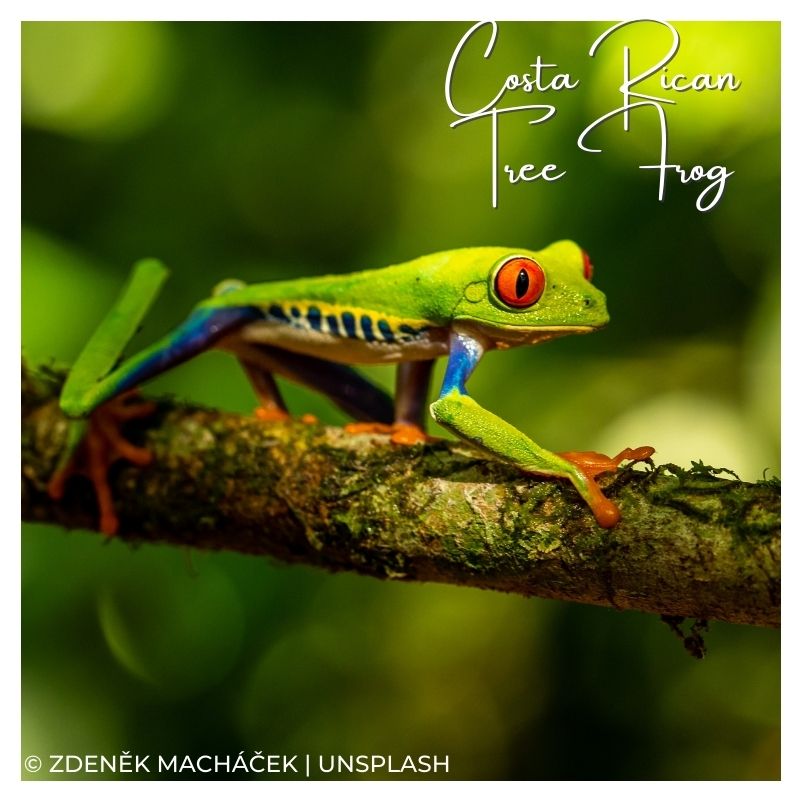Five New Wildlife Hotspots
Five new wildlife hotspots
New species are discovered all the time yet scientists estimate we have only described 10% of the planet’s wildlife, and indigenous people often know about a species long before it’s ‘discovered’ by western science. Here are five of our favourite finds from 2022, and the countries that are brimming with biodiversity
1. The Maldives
A vividly colourful reef fish, the rose-veiled fairy wrasse, Cirrhilabrus finifenmaa, is subtly but significantly different to the already-known rosy-scaled fairy wrasse (Cirrhilabrus rubrisquamis) and is the first new-to-science species described by a Maldivian scientist. Named after the local Dhivehi word for rose by Ahmed Najeeb, a biologist from the Maldives Marine Research Institute (MMRI), the discovery off the coast of the Maldives was part of the California Academy of Sciences’ Hope for Reefs initiative.
2. Costa Rica
In a rewilded cattle ranch in the north of Costa Rica that’s now the Tapir Valley Nature Reserve and next to the Tenorio Volcano National Park, Donald Valera-Soto has spent the past 18 years creating a home for Baird’s tapirs, peccaries and jaguars. And now, a dinky (just 2cm-long) and colourful frog – the Tapir Valley Tree Frog, or Tlalocohyla celeste) can be added to that list. Visitors are welcome to join a guided walk in the 220-acre reserve, which is fully owned and managed by community leaders.



3. Madagascar
Giving a boost to Madagascar’s already high
biodiversity (more than 90% of the flora and fauna is endemic to the island) is the latest
discovery of eight new species of small geckos (Lygodactylus fritz). Each no longer than an index finger, they live in the wetland forests of the coastal lowlands in the northern central east region of Madagascar, alongside other reptiles, amphibians and plants.
4. Indonesia
Several new species of sunbirds have been found by a group of researchers in the tropical Wakatobi Islands in central Indonesia. The discovery of Cinnyris infrenatus gives further weight to the call for the tiny archipelago and the wider Wallacea region to be protected as an endemic bird area. Much remains unknown about the area and many scientists call it ‘a living laboratory’ for the study of evolution.
5. Thailand
In northern Thailand’s high hill forests a new genus of tarantula has been found by JoCho Sippawat, a wildlife YouTuber with over 2.5million subscribers. He went on to describe and name Taksinus bambus, in collaboration with arachnologists Dr Narin Chomphuphuang and Chaowalit Songsangchote, and is so named because it lives inside a bamboo plant that is
only found at an elevation of about 1,000m. “It is not an exaggeration to say that they are now Thailand’s rarest tarantulas,” says Dr Chomphuphuang.

















 by net effect
by net effect